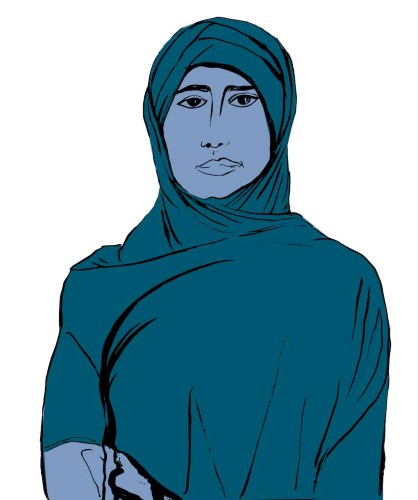Challenges

Introduction to Challenges
When facilitation group discussion on VAWG with men, numerous challenges might arise.
This section will provide techniques that you as a facilitator can utilise to overcome such challenges
Techniques for Dealing with Challenging Moments
Facilitators will face many challenging moments as they encourage reflection on attitudes, beliefs and actions related to VAWG.
Facilitating these moments well, creates an environment where participants have opportunities to learn, reflect and change.
Facilitators should NOT IGNORE harmful comments that seek to justify the use of violence or place blame on survivors.
The purpose of addressing these challenges is not to immediately convince the participant to change his mind. It is unlikely for that to happen. But by using the steps below, the facilitator provides a different point of view that the participant may consider and hopefully adopt later.
Using the steps below, the facilitator also demonstrates accountability to women and girls and models men challenging other men about VAWG.
5 Steps for addressing challenging moments
STEP 1: Ask for clarification / Learn why they have that opinion
- Summarise back to participant their statement or comment
- Identify to yourself which of the “Common Resistance Reactions” is being expressed by the harmful statement or action
|
STEP 2: Seek an alternative opinion / Involve Others
Send the question back to the group using an open method. For example:
|
STEP 3: If nobody offers an alternative opinion, provide one.
| “I know that a lot of people would never agree with that statement. Many of the men and women I know feel that the rapist is the only person to blame for a rape and that we all have a responsibility to respect other people’s right to say “no” to sexual activity.” |
STEP 4: Connect back to the intervention
Remember that these views and harmful beliefs are the reason this intervention exists. When a harmful comment is expressed, use it as an opportunity to reinforce the key concepts within the curriculum. For example:
|
STEP 5: Offer facts that support a different point of view and emphasise a helpful perspective.
|

